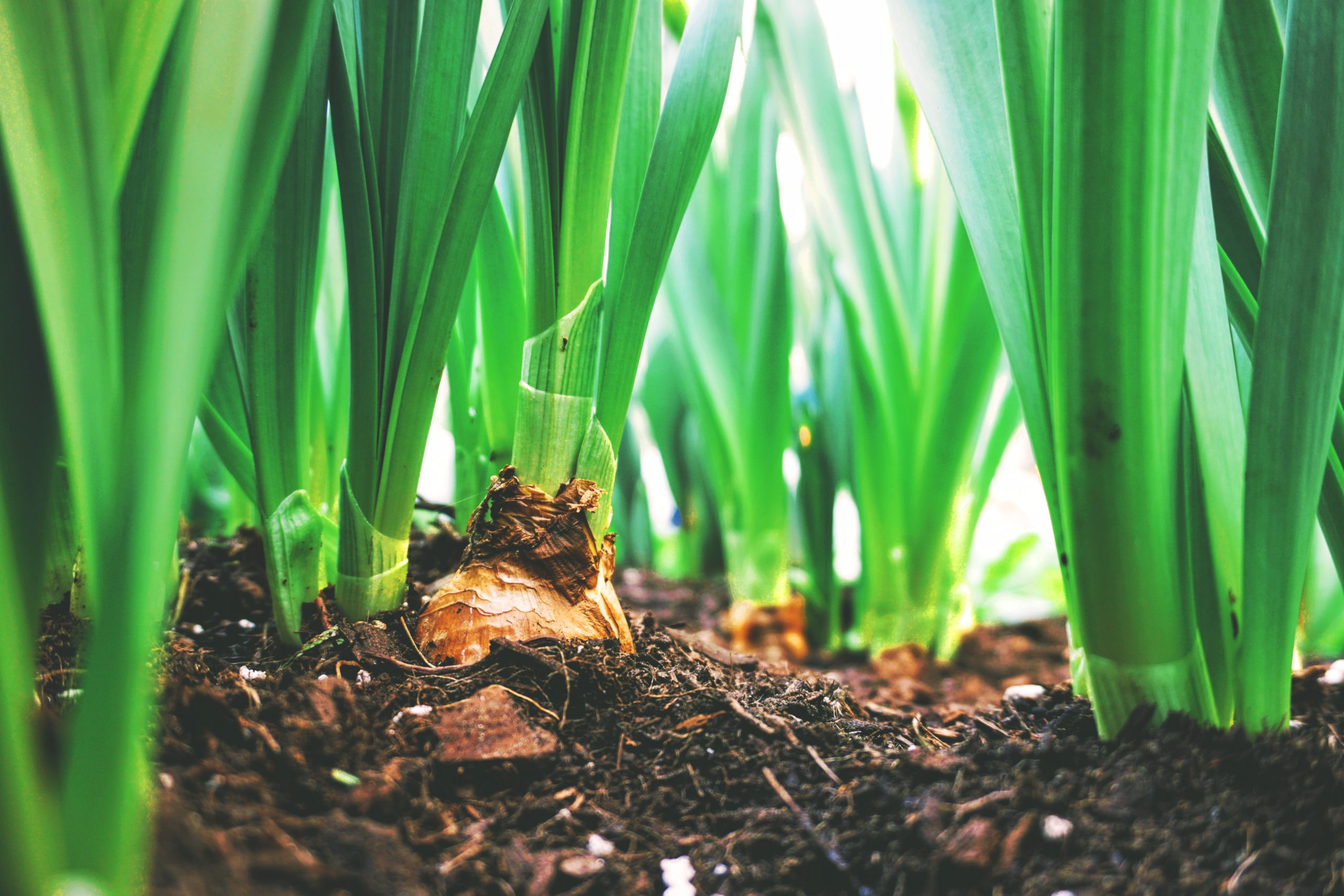Your Guide To Manage Common Crop Diseases

Imagine waking up to a field of vibrant, healthy crops only to find that overnight, your labor of love has been ravaged by mysterious ailments. Common crop diseases can quickly turn a bountiful harvest into a disastrous loss. But fear not, for with the right knowledge and strategies, you can prevent and manage these issues effectively. In this comprehensive guide, we'll explore everything you need to know about common crop diseases and their remedies, ensuring your crops stay healthy and lush all season long.
Understanding The Signs of Distress:
Identifying Disease Symptoms in Crops
Plant disease control starts with knowledge. Recognizing disease symptoms in crops is the first step towards combating them. Are your leaves beginning to yellow and wilt? Are there strange spots or discolorations on your plants? Maybe your stems are wilting, or you’re noticing moldy patches on your fruits. Each symptom is a cry for help from your plants, signaling the presence of a troublesome invader. Understanding these signs allows you to swiftly apply the correct crop protection techniques and prevent further damage.
For example, consider rust diseases, a common fungal issue that affects crops like wheat and soybeans. The appearance of rust-colored spots, often on the underside of leaves, indicates the presence of this disease. Addressing it promptly with fungicide treatment can save your crop from extensive damage, preventing a rapid spread that could turn your healthy fields into a rusty wasteland.
The Role of Healthy Soil Management
Healthy soil is the foundation of thriving crops. Just like your body needs proper nutrition to stay healthy, your plants need fertile soil to ward off diseases and pests. Soil management practices such as crop rotation, composting, and avoiding overly wet or waterlogged conditions can significantly reduce the risk of common crop diseases. Nutrient-rich soil creates an environment where your plants can grow robustly, making them more resilient to diseases. Techniques like mulching, which helps retain moisture and suppresses weeds, further enhance soil health and act as a barrier against infections.
Fertilizers and Soil Amendments
Applying organic fertilizers and soil amendments strengthens your plants from the ground up, boosting their natural defenses against common crop diseases. Soil amendments such as biochar or compost help in improving soil structure, drainage, and microbial activity, contributing to a healthier growing environment. For instance, incorporating biochar can enhance soil fertility and water retention, critical factors in preventing fungal infections. Think of your soil as a fortress; the stronger it is, the more protected your crops will be.
Effective Crop Protection Techniques
Sanitation Practices
Sanitation is another crucial aspect of plant disease control. Clearing away infected plant debris and weeds promptly can prevent the spread of pathogens. Regularly cleaning your gardening tools also reduces the risk of cross-contamination. These small steps can make a big difference in maintaining a clean and healthy growing environment. Conversely, ignoring these practices is like inviting trouble into your garden, making it easier for diseases to take hold.
Biological Controls
Don't underestimate the power of nature itself. Biological controls like beneficial insects and microorganisms can be your allies in the battle against common crop diseases. Predatory insects such as ladybugs and parasitic flies can help manage pests, while beneficial bacteria and fungi can enhance soil health. For example, introducing mycorrhizal fungi to your soil can improve nutrient absorption in your plants, making them stronger and less susceptible to disease, a win-win situation.
The Strategic Importance of Fungicide Treatment
Timing and Application
When it comes to managing fungal diseases, timely application of fungicides is essential. Rotating different types of fungicides can prevent pathogens from developing resistance. Always read and follow the instructions on fungicide labels carefully to ensure proper dosage and application techniques. Applying fungicides at the right intervals, before symptoms manifest visibly, can be the difference between saving your crop or watching it succumb to disease.
Think of fungicides as your rapid response team. They need to be at the ready and in the correct quantities to counter any fungal attacks that threaten your crops. By carefully timing and correctly applying these treatments, you can effectively manage and protect your yields, ensuring a successful harvest.
Brad New Summary
In this guide, we've explored the critical aspects of managing common crop diseases and remedies. Starting with identifying disease symptoms, we then delved into the importance of healthy soil management, effective crop protection techniques, and the strategic use of fungicide treatments. Each of these elements plays a vital role in maintaining the well-being of your crops. By adopting these practices, you can tackle any disease that threatens your harvest and ensure robust, thriving plants year-round. In addition to using research papers and scientific journals for the conclusion application on this topic could help further enhance the level on understading user would have.
Are you ready to take charge of your crop's health? Begin with these tips today and transform your fields into a disease-free haven.
0 Response to " Your Guide To Manage Common Crop Diseases"
Post a Comment